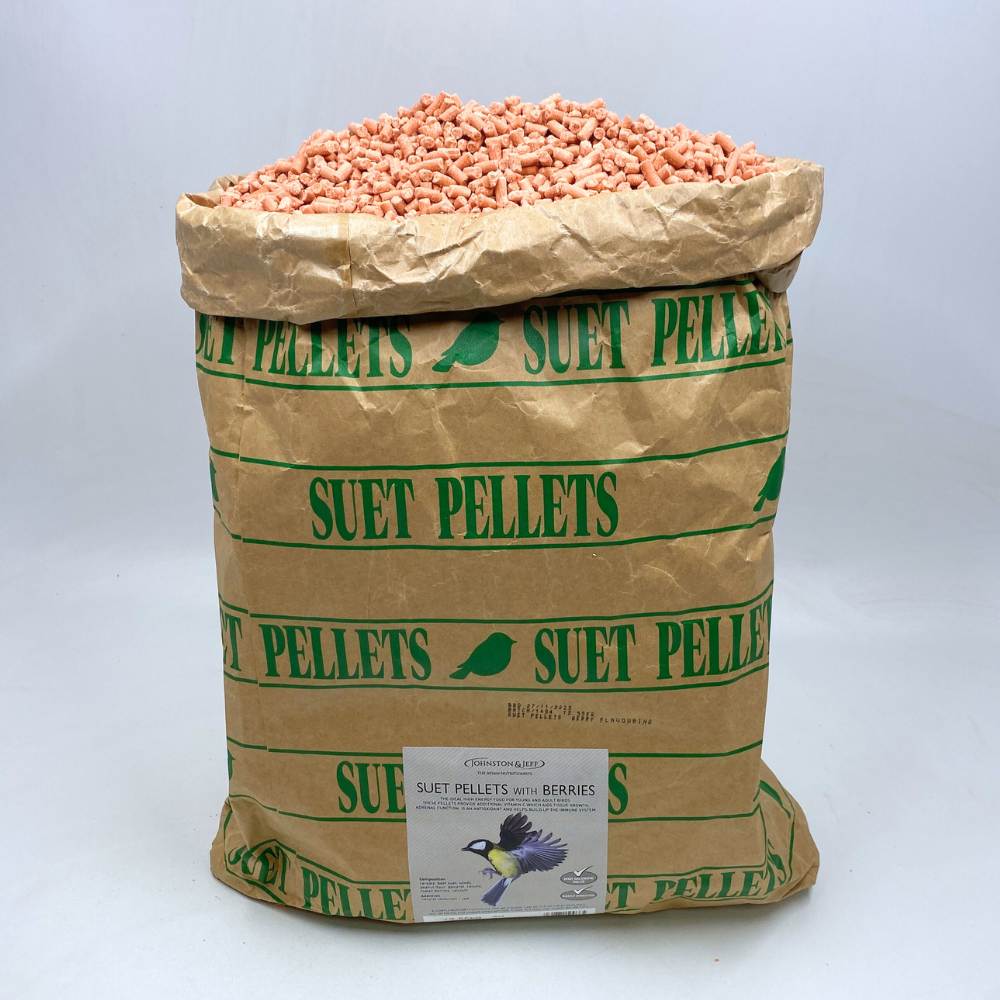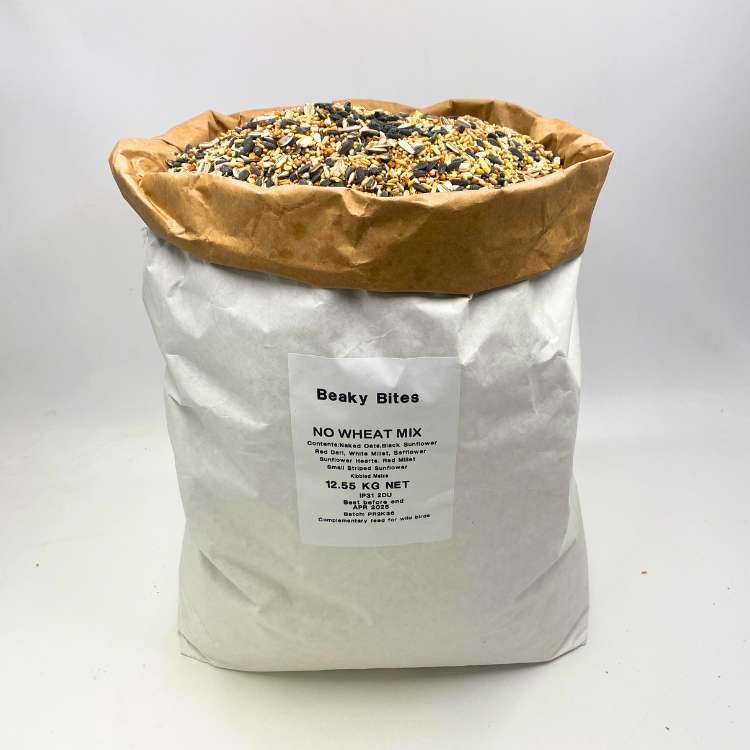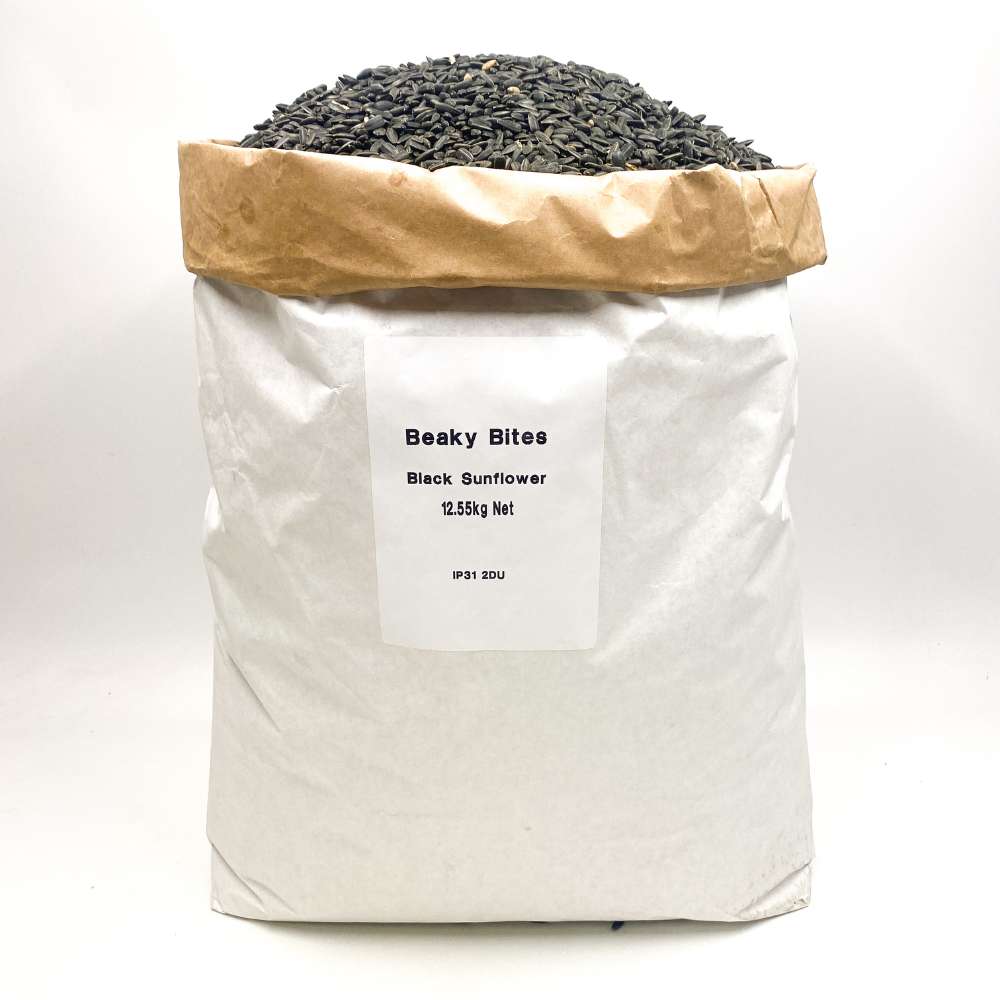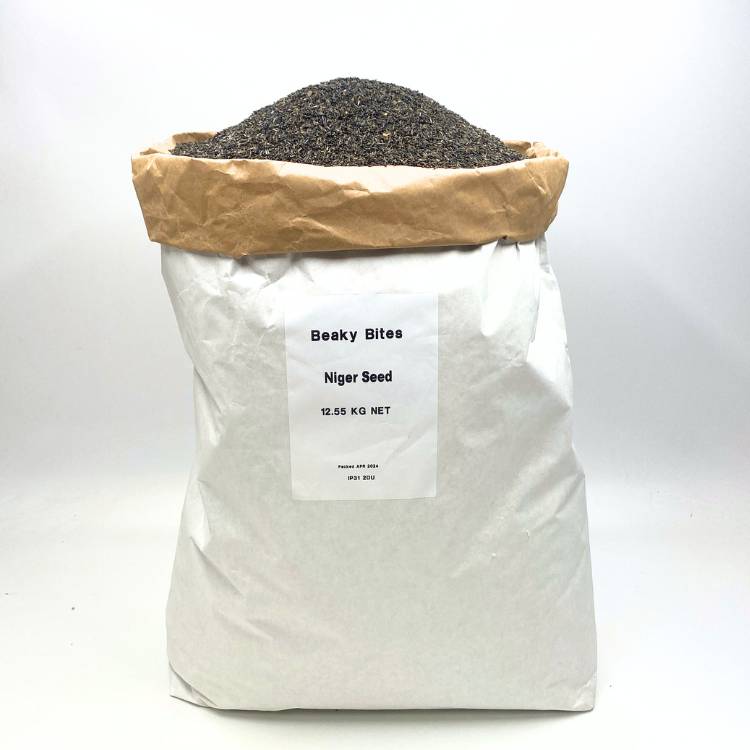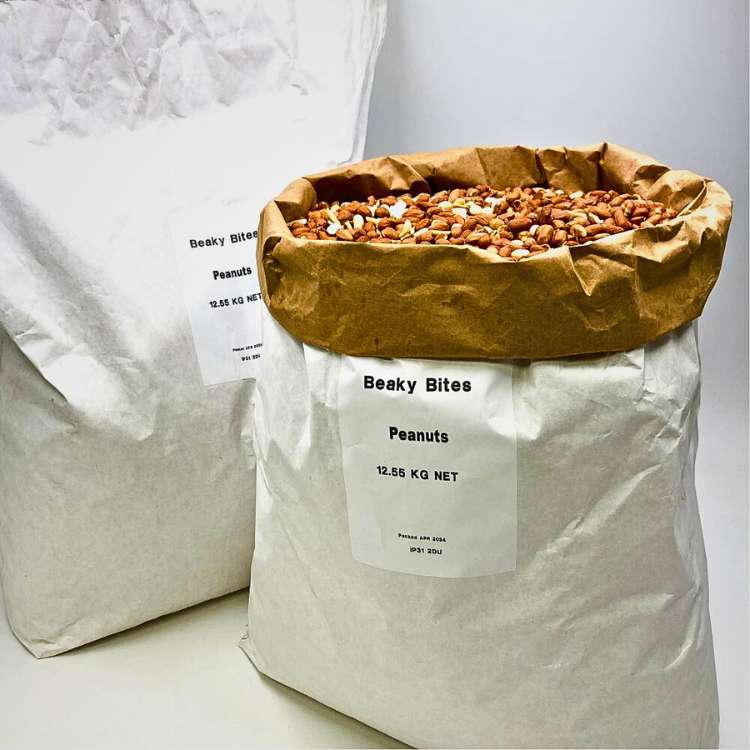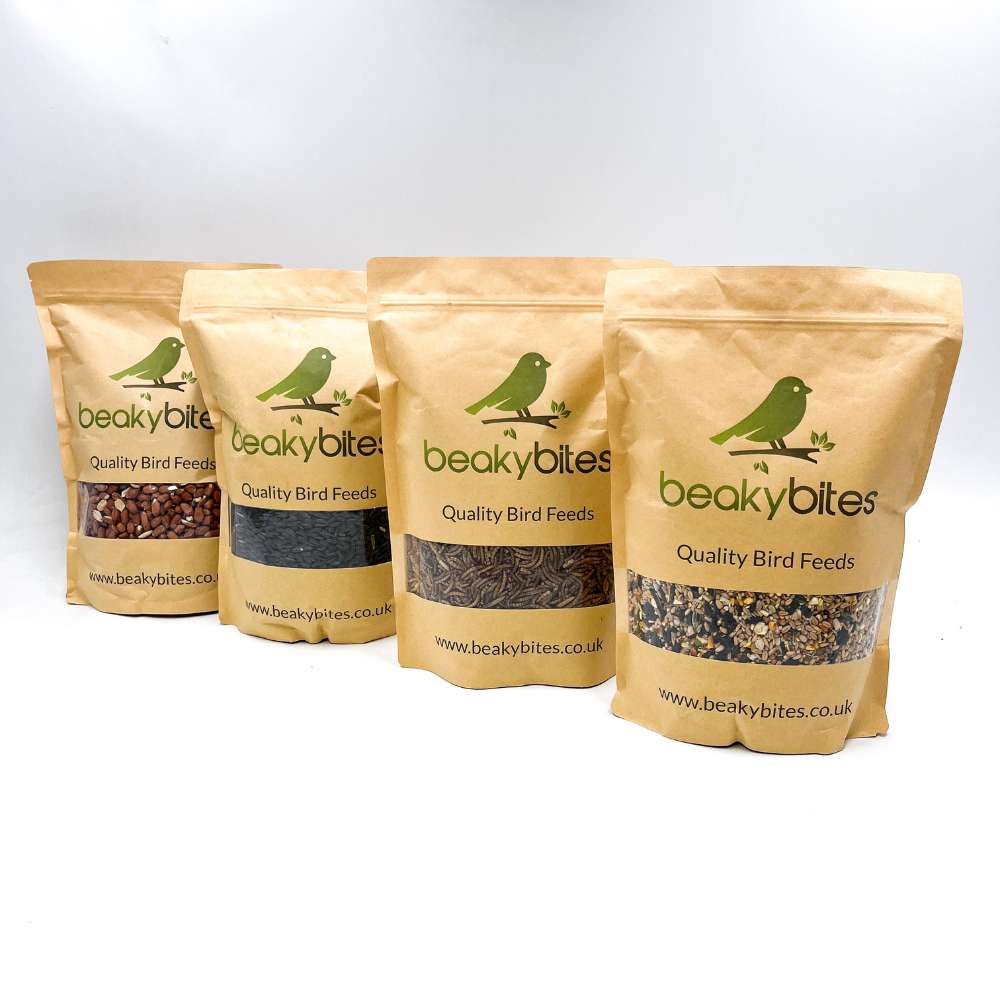The Top Benefits of Feeding Robins: Best Food for Every Season

Robin Food Guide
What do Robins eat and how can you get them to visit your garden? This guide covers the top foods for Robins and the best feeding methods. Learn how to give them a healthy diet so they’ll come back for more. With this approach you can Robin proof your garden!
Quick Facts
Robins like a mixed diet of insects, worms, fruit, seeds and nuts so mix it up!
Ground feeding trays and bird tables are the best way to serve food, as this is how Robins forage naturally.
Don’t feed Robins bread, large seeds and milk, stick to small seeds and always offer fresh water.
What a Robin Eats
Understanding what Robins love to eat is key to feeding them. They like a mixed diet of insects, worms, fruit, seeds and nuts. Insects and worms, especially beetles, are their main food source, they need the protein and nutrients. Ever seen a Robin following you around the garden? They’re hoping to catch worms as you dig!
But Robins aren’t just about insects and worms. They eat a variety of other foods too, fruit, seeds and nuts. A mixed diet keeps them healthy and full of energy. Providing a range of foods means the Robins in your garden get all the nutrients they need. And a mix of foods makes your garden more attractive to these lovely birds.
Robins are friendly and will follow gardeners around hoping to find worms and other insects. This makes them easier to attract and feed. Understanding and catering to their dietary needs, including how Robins eat insects, is the first step to getting more of these lovely birds into your garden.
Top Foods for Robins
Now you know what Robins eat you can offer the best foods. A few food options will soon make your garden a Robin hot spot. As Robins like to feed on the ground, ground feeding trays are the best method to distribute food.
Bird tables are also a great option for feeding Robins. These flat surfaces allow the birds to feed safely and comfortably. By providing a food source they will come to your garden and keep coming back.
So what foods to offer? Let’s get into the details.
Dried Mealworms
Dried mealworms are a great food for Robins. These little critters are packed with nutrients and are a Robins favourite. Scatter dried mealworms on the ground or in ground feeders and Robins will come to your garden.
Either way they will love this tasty treat and come back for more.

Suet Products
Suet products are another great option for feeding Robins. Especially in the colder months suet provides the fat and energy Robins need to stay warm and active. You can offer suet in various forms, suet balls and cakes which are easy for the birds to eat and enjoy. Suet can be mixed with seeds, nuts and dried fruits to make a healthy and tasty meal for Robins.
Suet blocks made with suet and mixed with seeds, berries and peanuts for flavour and so are perfect for Robins, who get both a tasty treat and the energy they need. These can be moulded into different shapes and sizes so you can place them in your garden. By offering suet products you’ll make sure your feathered friends have the energy they need especially when it gets cold. You can also encourage them to eat fruit seeds suet crushed for a healthy treat.
Peanuts and Sunflower Hearts
Peanuts and sunflower hearts are healthy options Robins love. These foods provide the proteins and fats they need. Sunflower hearts are particularly nutritious and are a Robin favourite during breeding season.
You can offer peanuts and sunflower hearts by scattering them on the ground or in platform feeders. These foods are not only healthy but also very attractive to Robins so add them to your feeders to increase interaction from Robins.
By including these in your garden you’ll provide a balanced diet for Robins.
Feeding Techniques for Robins
Feeding techniques are just as important as the food itself. Robins prefer ground feeding which means they will feed from trays placed on the ground or directly off the ground itself amongst the grass. This is how they naturally feed and makes them feel more comfortable and safe. Ground feeding trays and bird tables are both great options for feeding Robins.
Using the right feeding techniques can make a big difference in attracting Robins to your garden. Flat surfaces like bird tables allow Robins to feed comfortably, ground feeding trays offer a natural and inviting way for them to find food. Let’s look into these in more detail.

Ground Feeding Trays
Ground feeding trays are perfect for Robins. Fill with a mix of bird seed, sunflower hearts and mealworms and place in sheltered areas to keep the food dry and wind free. Ground feeding birds will love this.
Bird Tables
Bird tables with flat topped feeders provide a stable surface for Robins to feed from. Use them to serve fruit and mealworms which are Robins favourite foods.
Make sure to keep the bird tables clean. Wet food left on bird tables should be removed to prevent mould and pests. Bird tables can also have roofs to keep the food dry and rain free.
Bird tables create a safe and inviting feeding space for the robin redbreast at the bird table and attract various British birds.
Free Delivery Deals
What Not to Feed Robins
What to avoid is just as important as what to feed Robins. Large seeds like dried peas, beans, rice, lentils, wheat or barley are hard for Robins to crack and digest so stick to smaller seeds and nuts.
Bread is another no no. It lacks the nutrients Robins need especially in colder months. Milk is also bad for Robins as they can’t digest it, although small amounts of fermented dairy like mild cheese are okay.
By avoiding these foods you’ll keep the Robins in your garden healthy and happy.
Fresh Water
Providing fresh water is just as important as the right food. Robins need fresh water for drinking and bathing, essential for their survival and well being as they lose moisture quickly.
A shallow dish or bowl is great for drinking water and should be kept clean and topped up regularly. Adding gravel or rocks to water containers will give small birds a place to perch while drinking.
Clean bird baths every week or two to prevent dirt and disease build up. Providing a constant supply of fresh water will keep the Robins in your garden hydrated and healthy.

Attracting Robins to Your Garden
Creating a welcoming environment is key to attracting Robins to your garden. Plant a variety of native plants to attract Robins by providing natural food sources and shelter. These plants produce berries and seeds that Robins love and they also offer nesting and cover.
Having Robins in your garden increases biodiversity and creates a lively space. Native plants for your area and proper maintenance are key to a healthy garden that attracts Robins. Let’s look into more ways to create a robin friendly habitat.
Robin Friendly Habitat
Adding native plants to your garden will provide natural food sources and shelter for Robins. Leaving parts of your garden wild will increase the number of invertebrates which are a food source for Robins. A habitat that mirrors their natural environment will make your garden more attractive to Robins.
By having a mix of plants and some wild areas you’ll create a haven for Robins and other garden birds.
Nest Boxes for Robins
Nest boxes will make your garden more attractive to Robins, they will have a safe place to nest and roost. Robins like nest boxes low to the ground and hidden in bushes or shrubs. The entrance hole should face north-east to shelter from the weather. This will protect the birds from the elements and make a comfortable and safe nesting site.
Open fronted nest boxes are loved by Robins especially when placed under natural cover like climbing plants. Use wood at least 15mm thick when building nest boxes for proper insulation and durability. If you want to enhance your garden consider where to buy feeders and nest boxes.
Robins use nest boxes all year round, for nesting in spring and summer and roosting in winter. Providing good nest boxes will encourage Robins to live in your garden.

Top Tips for Feeding Robins
Feeding is more than just providing the right food. Feeding more frequently during cold weather, maybe twice a day, will help Robins get into a routine and they will return to the feeding stations more often.
Clean feeders regularly to prevent old food build up and bird disease. Use durable materials for ground feeding trays so the food doesn’t get soggy and unappealing. Place ground feeding trays in sheltered areas to protect the food from moisture and wind so it stays dry.
Bird tables with covers will keep the food dry and protect Robins from predators. Follow these tips and you’ll have a healthy and welcoming space for your feathered friends.
Conclusion
Feeding Robins can be fun and bring these lovely birds into your daily life. By knowing their varied diet and providing the right foods like dried mealworms, suet products, crushed peanuts and sunflower hearts you can attract and feed Robins in your garden. Good feeding techniques including ground feeding trays and bird tables will make it easier for Robins to get to their food.
Having native plants and well designed nest boxes in your garden will make it even more attractive. Don’t forget to avoid harmful foods like large seeds, bread and milk and always provide fresh water. By following these top tips for feeding Robins you’ll have a space that will keep them coming back and bringing life and song to your garden.
Frequently Asked Questions
What to feed Robins?
- Answer: Dried mealworms, suet products, crushed peanuts or sunflower hearts. Yum!
Can I feed Robins bread?
- Answer: No, don’t feed Robins bread as it’s not good for them especially in winter. Stick to fruits and insects for a healthy treat!
How often should I feed Robins in winter?
- Answer: If you want to help Robins in winter try feeding them twice a day during cold weather. This will keep them well fed!
What not to put in robin feeders?
- Answer: Avoid large seeds, bread and milk in robin feeders as they can be hard for them to manage and even harmful. Keep it simple for those little guys!
How to get Robins to nest in my garden?
- Answer: Put nest boxes low down and in bushes or shrubs. They’ll love it!


